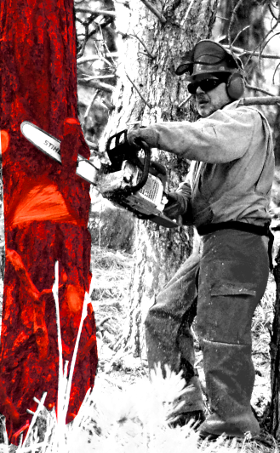SA strangled by reams of red tape
 A new report says red tape on water and electricity prices in South Australia must be slashed, and the state could do with fewer government Ministers as well.
A new report says red tape on water and electricity prices in South Australia must be slashed, and the state could do with fewer government Ministers as well.
A team at the South Australian Centre for Economic Studies (SACES) says SA has an important decision to make.
They say the state can either continue down the path of being a highly regulated and taxed State, or to follow the path chosen at a Federal level back in the 1980s, and aim to be lightly regulated for the ultimate benefit of business, customers and the economy.
“The State Government does have stated objectives of reducing and having more efficient regulation, but our paper highlights a range of over-regulated areas that require urgent attention,” says Associate Professor Michael O’Neil, co-author of the latest Economic Issues paper.
“Our report shows the overall cost to South Australian households of water per kilolitre has been consistently higher than the other mainland States and growing generally faster than interstate.
“The Essential Services Commission of SA (ESCOSA) is required to use values determined by the South Australian Treasurer when setting water prices. The price per kilolitre is often higher than it should be in order to provide SA Water with an agreed rate of return.
“As a result, South Australia has the nation's highest metropolitan water usage prices ($3.63 per kilolitre) and highest water supply charges ($71.60 per quarter). Compare that with Western Australia ($2.86 per kl), and even with Los Angeles, California (between $2.52 to $3.14 per kl), which has been drought affected for several years,” he said.
Associate Professor O'Neil says two former Water Commissioners and a former CEO of ESCOSA have all highlighted the potential impacts of this over-regulation.
“High water prices are a cost to consumers, they make South Australian industry less economically competitive, and they likely impact on location and investment decisions by enterprises and agricultural producers,” he says.
“Many of our principal export industries – agriculture and horticulture production, wine and food processors – face high input costs, which are a clear drag on their international competitiveness.”
Associate Professor O'Neil says these comments also apply to the higher cost of electricity for South Australian consumers and business, as a result of the State Government’s approach to the regulation of renewable energy.
“The higher cost of water and electricity to industry, and the high costs of sewerage and waste disposal, all affect industry profitability and employment, and may act as a brake on new businesses and product and service innovation. Because of this, South Australia could be missing important opportunities for growth,” he says.
The paper also says South Australia could operate with just nine government ministers instead of the current 14.
“While our State already has the second lowest number of government ministers in Australia, 14 ministers is still relatively high when you consider the size of the population being governed,” Associate Professor O'Neil says.
“Reducing the number of ministers would likely provide savings in ministerial expenses and coordination costs, creating efficiencies.”








 Print
Print